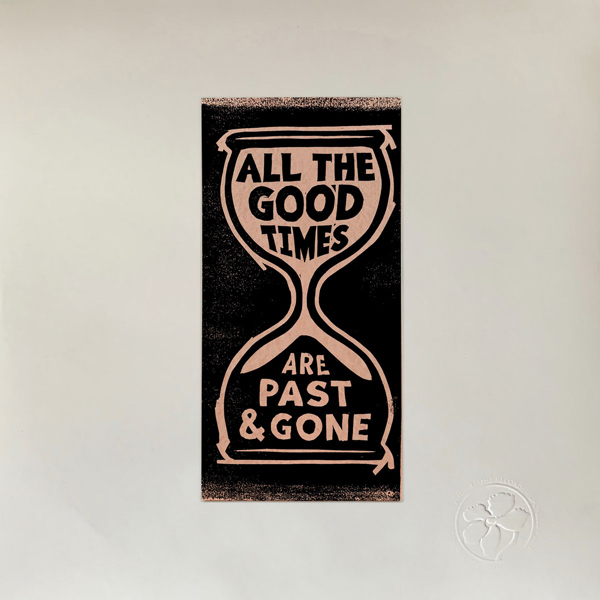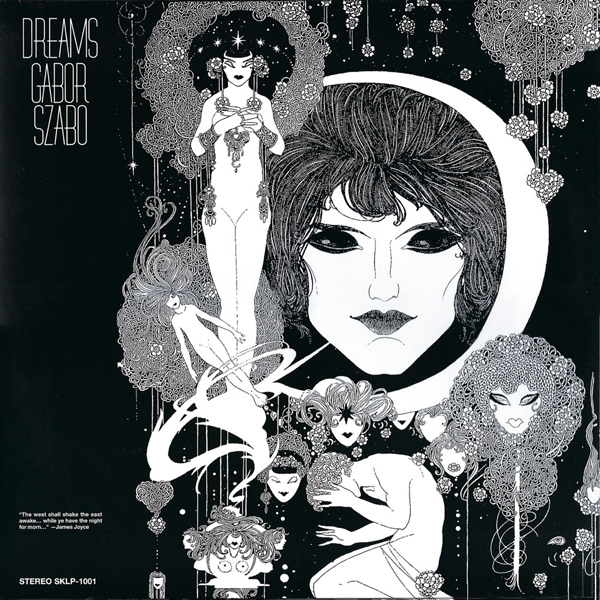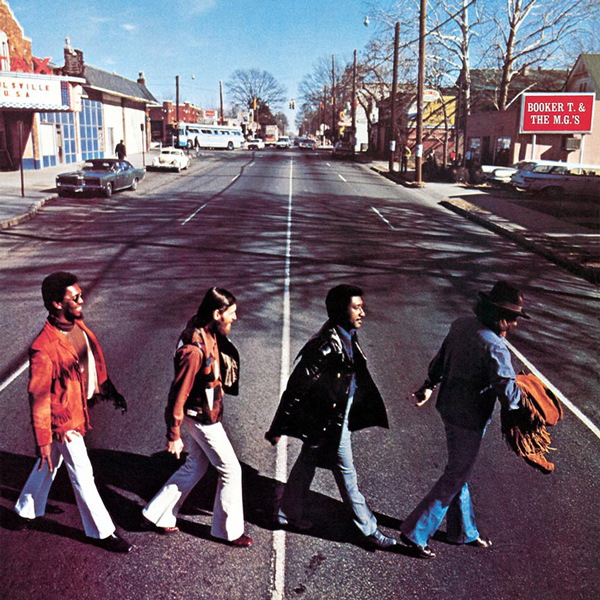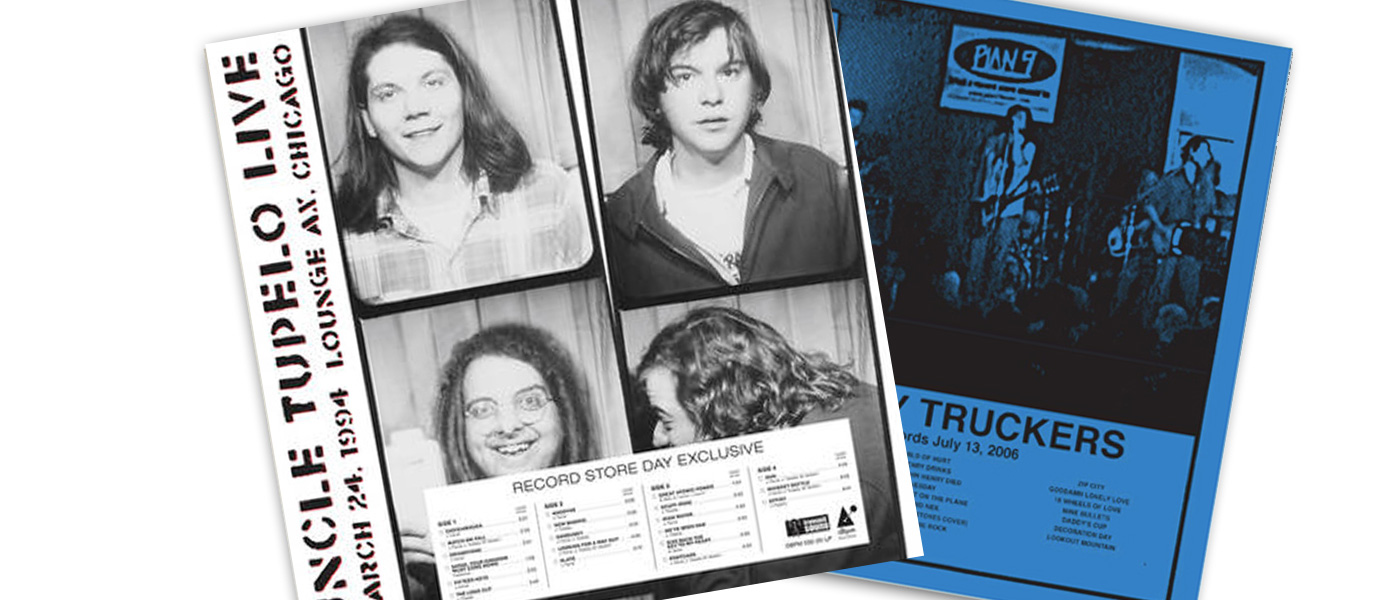
This is going to be fun. No need to bother with suspense and withholding. Plenty of that happening in the news, as is.
Gillian Welch and David Rawlings recorded an album of covers to tape in the Spring of 2020 after COVID caused the shutdown. Half of the songs were captured on the first take; the other half “took a little more doing,” according to Rawlings’s website. All of the above happened after a tornado ripped the roof off the duo’s recording studio, which was then left exposed to a torrential downpour, which then necessitated a rescue effort to save equipment, notebooks, tapes, and instruments. These folks just keep on coming. The rest of us could learn a thing or two. They called this work All the Good Times, an abbreviation of one of the included covers called “All the Good Times Are Past and Gone.” And they very well, maybe. It’s too soon to tell. If it hits the fan, you’ll want a copy of this album on hand to see you through. Or to see you somewhere. Good luck.
It’s not hard to describe what we hear on All the Good Times. Voices and acoustic guitars. Wood and steel. That’s all. It’s a damn site harder to say how these sounds affect us. The simplicity of the instrumentation and the sparseness of the performances allow the musicians’ mastery to shine. Prominently. There’s absolutely nothing in your way to obscure Welch’s and Rawlings’s voices and guitars as they weave together and intertwine themselves in your ears and your psyche. “Show your work,” indeed. There are songs by Dylan (“Señor,” sung by Rawlings), Prine (“Hello In There“), and a romp through “Jackson” (popularized by June and Johnny Cash, duh) that will cause your face to hurt from smiling. It’s about as much fun as you can have without leaving your ears. All of it. The whole thing. Walk, don’t run on and on like this.
The duo famously opted to begin manufacturing their own records a couple of years ago due to their dissatisfaction with the current state of vinyl quality. Their Acony Records selections are amongst the most enjoyable I own, but All the Good Times blasts things into another stratosphere. Voices and instruments just appear out of the air without warning. Like you’re hearing voices in your head rather than your speakers. Dead silence in all the right places. No surface noise, zero imperfections. The first time I heard Welch sing on this record, I sat up in bed like Dracula because I thought someone was in my apartment. It’s merely one of the finest sounding records in my collection—a whole new game.
The first pressing sold out during pre-order and is long gone. This was the limited “handmade edition” with letter-pressed artwork designed by Peter Nevins (who also carved the woodblock) and Rawlings. The Acony logo is embossed on the front cover, and all the assembly happened at the artists’ kitchen tables with help from their employees. The duo’s manufacturing processes have been made as transparent as the sonics, and we are all the richer for it. They left the lumps in the batter too. You’ll hear the occasional mic get bumped. The tape ran out at the end of “Abandoned Love,” and the song ends mid-phrase. Somehow, it all adds up to perfection. Album of the year, so far. Easy. Standard edition forthcoming, and it should have all the same sonics without the personalized artwork. Don’t whiff.

Gábor Szabó’s Dreams was the Classics record of the month for October at Vinyl Me, Please, and there’s no telling how long it would have taken me to uncover this diamond without their help. Having those folks funneling audiophile presentations of obscure Soul/Jazz titles to my inbox is a luxury that I don’t take lightly. It’s been a blast. Especially now. Szabó was a Hungarian guitarist active during the 60s and 70s. Carlos Santana hopped on the Gábor train early in the game and even covered one of his tunes on Abraxas.
Szabó released his debut album as a bandleader on Impulse! in 1966. Dreams, the guitarist’s eleventh solo title, followed two years later. That’s not a misprint. The guy was in a hurry, but you’d never know that listening to Dreams. It takes its time and reveals itself slowly over the course of multiple listens. Your first go at it might be disorienting. This is unlike anything I’d heard before. And I can’t remember the last time I said that about something I liked.
Secrets Sponsor
To call this “Jazz” would be liking calling Prince’s music “Rhythm and Blues.” We’ve moved beyond lazy classification and into the realm of true expression. Right away, the rattle and buzz from all the percussive toys place “Galatea’s Guitar” somewhere between a snake charmer’s session in a crowded bazaar and a verdant forest. A magical forest, obviously. Throughout Dreams, it’s easy to imagine being at some mysterious ceremony with waterfalls, and vines, and fairies, and spiders, but Szabó’s obvious affinity for Western popular music (the final song is a Donovan cover, Jim Keltner handles percussive duties throughout) is grounding, and pulls the listener back into the world of form and substance. One could be forgiven for mistaking the intro to “Song of Injured Love” for “California Dreamin’.” The accessibility of the most straightforward drumming juxtaposed with the riddles of the Hungarian folk guitar (and the violins, cellos, bass, horns, and piano) allows Dreams to pepper the listener from impossible sonic angles, like being caught in the loveliest summer thundershower on record.
Like almost all of VMP’s most recent Classics titles, Dreams was pressed at QRP on heavy black vinyl. Unlike much of QRP’s work for other labels, the wax is dead silent. They nailed it. As did Ryan K. Smith with his AAA mastering. All of those groovy percussive elements and the immaculate guitar tones are floating and weaving their way through your listening room with such transparency and detail that you can hear the second that they crest and begin to decay and then vanish. The packaging is superb and includes artwork from a fever dream in a massive gatefold presentation along with a booklet of “listening notes,” which is one of my favorite aspects of the Classics line. Interestingly, Light In The Attic did their own reissue of this title way back… in May. I don’t have a copy for comparison, but theirs involves two bonus songs, no info about sources, etc. Regardless of whether you opt to track down VMP’s version, you should track Dreams down somewhere. You’ll be glad you did.

In addition to their subscription tracks, Vinyl Me, Please announces their own “exclusive pressings” of wider releases weekly. You typically have to wait a while longer to get them in comparison to the standard issues, all for the love of colored vinyl. Not my bag. However. I am of the opinion that VMP holds the pressing plants to a higher level of accountability than most, and so I took a shot on Silver Ladders by harpist Mary Lattimore. I previewed the work on Apple Music, was sufficiently intrigued, and took the plunge. There were 300 copies pressed by VMP; I got number 194. For what it’s worth, mine is on silver and black wax. Hurray.
For those who are comforted by categorization, it might be helpful to know that Silver Ladders comprises my entire Ambient collection. Lattimore loops her phrases and runs her harp through a variety of effects creating ethereal, floaty waves of plinky goodness that you can rest your head on and just frigging relax for a while already. Her first three records were recorded as a soloist in her own studio, but Silver Ladders benefits from contributions by Slowdive’s Neil Halstead. The two convened at his studio on the north coast of Cornwall and added layers of synth and guitar too. There’s a watery vibe throughout, both in performance and title. “Don’t Look” references a tragic day at the beach wherein teenaged surfers were rescued by four adults who did not survive the ordeal. “Til a Mermaid Drags You Under” builds to a reverb-drenched exploration driven as much by Halstead’s moody six-string as it is by Lattimore’s arpeggios. The whole thing evokes images of days by the river, feeling the cooling breeze against one’s forehead while skipping the occasional stone across the water to watch the ripples lap the shore. With enough repeat listens, it might just be the cure for what ails you in 2020. There’s hope, anyway. At the very least, it’s not adding to the madness, and that ain’t nothing at a time like this. Three of the album’s seven songs were worked out from previous demos, while the rest were straight improv. So does Silver Ladders count as Jazz? You tell me.
Unfortunately, I’m not sure that my initial hunch about VMP and their pressings holds water. This variant of Silver Ladders and I’m assuming all others, was pressed at G.Z. Media. I’m wondering if the gimmicky colored wax can be held accountable for the critical defects that my copy suffers from. I scrubbed it thoroughly after an initial cleaning on the vacuum machine didn’t clear things up, and there was some improvement. But there are ticks throughout, both repeating and non, especially on side two. And this aggression will not stand. Not during work as quiet and lovely as this. Deep blacks are required to plumb the depths herein. There are no silver depths. And there is no losing one’s self in the ambiance as a result of this pressing. I get more mileage out of the included download. (I felt weird typing that just now.) I will say that the matte cover and the artwork upon it is relentlessly cool. Looks better on the wall than it sounds on the turntable.

Duval Timothy released his debut album of solo piano works in 2016. Brown Loop was recorded in NYC and released on Timothy’s own Carrying Colour label. He recently partnered with Britain’s The Vinyl Factory to reissue 500 copies of the record, so I purchased a copy on Bandcamp and waited impatiently for the record to cross the pond and land in my lobby. The Vinyl Factory owns the old EMI pressing plant in West London. According to their marketing, they’re still using the original EMI 1400 machines “used to press The Beatles, Pink Floyd, Sex Pistols, and many more of the most emblematic records in history.” They’re happy to tell you all about the process too. I don’t know for sure that Brown Loop was manufactured there, the fact that The Vinyl Factory owns their own presses doesn’t necessarily mean they press all their discs in-house, but I think it’s a relatively safe assumption. I can tell you upfront that they did a commendable job with the pressing. It’s not otherworldly, but it’s better than average and a fine example of a well-conceived indy release. Someone cared about it. Maybe a few people. The dedication shows.
Secrets Sponsor
And this is not the same old crap, y’all. The Vinyl Factory is happy to tell you about that too. This is directly from their press release: “It is not just Jazz, it’s pure hip-hop, as the hooks are reminiscent of the shards of melancholy legends like Dilla, Pete Rock, and Havoc used in their best work… In terms of repetition, the music is also very techno. And like in all good techno, the patterns (perhaps contrary to popular belief) ooze humanity and emotion.” Alright. Maybe. I mean, I wouldn’t have made the techno connection on my own, perhaps due to my lack of exposure to that music, and perhaps because I just don’t hear it. There is undoubtedly repetition and without the benefit of loops. To call the playing on Brown Loops “sparse” would not quite get the point across. It’s like calling Tokyo “big.” Much of the playing could be accomplished with one hand. These are the bits that create a repetitive theme in a given song. The second hand is used for builds, accents, and even the occasional melody. It almost seems like a piano novice could recreate the work if they had developed an ear sufficient to translate the notes from the air to their own fingers. Playing along with Brown Loop would be an excellent way to learn, anyway. And listening alone is undoubtedly a good way to pass an afternoon or, better yet, a morning. It feels like you’re in the head of the artist as he sorts through his meditations and coalesces them into a coherent picture. Like you could somehow use it to clarify your own thoughts. I, for one, could use the help.
At the time of writing, there are still copies available, which is surprising. We’re not quite in the audiophile realm here; the production and mastering never place the performances all the way in the room with you, but this is a fine release, and it beats the streams/downloads in every way. Highly recommended

I knew I’d be coming home with McLemore Avenue immediately upon seeing it listed on the RSD site. This one advertises “all analog mastering from the original tapes by Jeff Powell at Take Out Vinyl.” Something about the wording makes me question whether or not this was a AAA take. I’m looking for something closer to “lacquers cut from the original master tapes,” but I’ve lived long enough to know that outstanding records may be born of high-resolution files. I’d just appreciate a little more transparency in marketing across the industry. Anyway, McLemore Avenue is an instrumental tribute to the Beatles’ Abbey Road. The M.G.’s record was originally released in April of 1970, while the original (the one by the Liverpool lads) was released just a few months prior.
In all of my gleeful anticipation, I never once considered the idea that I might not love this record. I didn’t preview any digital versions or do any research; I just made my acquisition plans while knowing I would not be lining up at my local shop this year. And I’m just surprised at how great this album isn’t. Mostly, I take issue with the band’s attack. It feels a lot like watching a younger fighter taking it easy on their aging idol in the ring. As if the band had too much reverence for the material to cut loose and throw the sweeping hooks to the body that we know they were capable of. The M.G.’s approach Elevator Music levels of safety and restraint at times. Oddly, “Something” is the set’s rocker. And I swear I think the band tags their interpolation of the concluding jam in “Can’t You Here Me Knocking” onto the end. Check it out, and tell me if you think I’m slipping.
The folks at Craft Recordings had 2,500 copies of McLemore pressed at Memphis Record Pressing (G.Z.’s American cousin), which is fun in and of itself because… where else should a Stax record originate? Keep it in house, I say, and they did a fine job too—minimal imperfections with zero repeating ticks or pops. Seems like pressing quality is improving, in general, after an era of adjustment within the industry, but I might have just gotten better at knowing where to go and what to avoid. I thought this would be easy to find, but I actually had to sweat it out for a few hours until I found a reasonably priced copy from the folks at Vinyl Altar in Philadelphia. They specialize in Hard Rock and Metal but carry other formats and other genres too. “Stay true and support a real mom and pop, brick, and mortar!” Their packaging was sturdy and protective, and they ship promptly. Give ’em a look, and help the independents when you can.



